Collaboration with Tech Companies
Collaboration with technology companies is emerging as a pivotal driver for the immersive technology-in-education-sector market in South America. Educational institutions are increasingly partnering with tech firms to develop tailored immersive solutions that meet specific learning needs. These collaborations often result in innovative products that enhance the educational experience, such as customized VR applications for various subjects. As these partnerships grow, they facilitate the exchange of knowledge and resources, ultimately benefiting both the education sector and technology providers. This synergy is likely to accelerate the adoption of immersive technologies in classrooms, contributing to a more robust market landscape.
Expansion of Internet Connectivity
The expansion of internet connectivity across South America significantly impacts the immersive technology-in-education-sector market. With increased access to high-speed internet, educational institutions can implement advanced immersive technologies such as virtual reality (VR) and augmented reality (AR) more effectively. According to recent statistics, internet penetration in South America has reached approximately 70%, facilitating the integration of digital learning tools in classrooms. This connectivity allows for real-time collaboration and access to a wealth of online resources, enhancing the educational experience. As more students gain access to these technologies, the demand for immersive educational content is likely to rise, further driving growth in the sector.
Growing Emphasis on STEM Education
The growing emphasis on STEM (Science, Technology, Engineering, and Mathematics) education in South America serves as a significant driver for the immersive technology-in-education-sector market. Governments and educational institutions are increasingly prioritizing STEM curricula to prepare students for future careers in a technology-driven economy. Immersive technologies play a vital role in making STEM subjects more engaging and accessible. For instance, simulations and interactive experiences can demystify complex scientific concepts, making them more relatable to students. As a result, the demand for immersive educational tools that support STEM learning is expected to rise, potentially leading to a 25% increase in market growth over the next few years.
Investment in Teacher Training Programs
Investment in teacher training programs is a crucial driver for the immersive technology-in-education-sector market in South America. As educational institutions adopt new technologies, the need for adequately trained educators becomes paramount. Programs aimed at equipping teachers with the skills to effectively utilize immersive technologies are gaining traction. Research indicates that institutions that invest in professional development for teachers see a 20% increase in student performance. This investment not only enhances teaching quality but also fosters a culture of innovation within schools. Consequently, as more educators become proficient in using immersive tools, the overall effectiveness of these technologies in the classroom is likely to improve, thereby boosting the market.
Rising Demand for Interactive Learning Tools
The immersive technology-in-education-sector market in South America experiences a notable surge in demand for interactive learning tools. Educational institutions increasingly recognize the value of engaging students through immersive experiences, which enhance retention and understanding. Reports indicate that the market for educational technology in South America is projected to grow at a CAGR of 15% over the next five years. This growth is driven by the need for innovative teaching methods that cater to diverse learning styles. As schools and universities invest in immersive technologies, they aim to create more dynamic and participatory learning environments. This trend not only improves student engagement but also prepares learners for a technology-driven workforce, thereby reinforcing the importance of immersive technology in education.


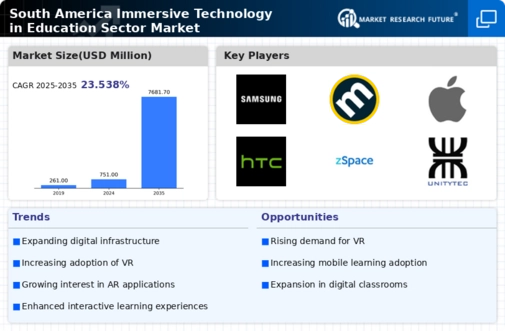
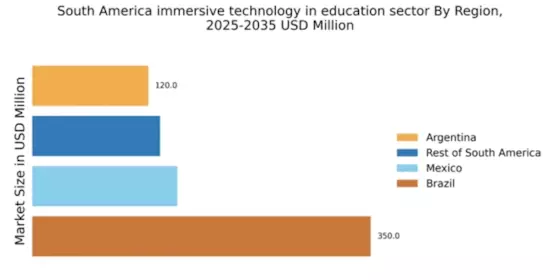


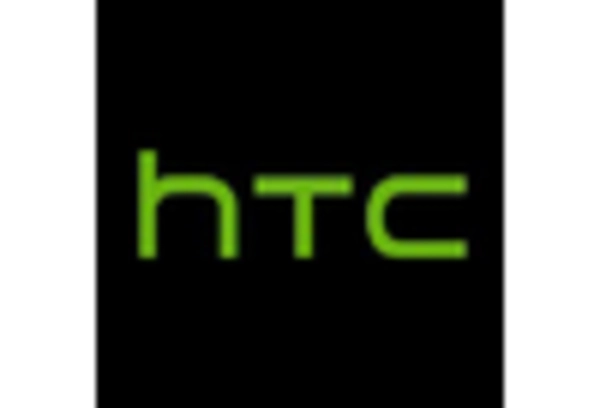

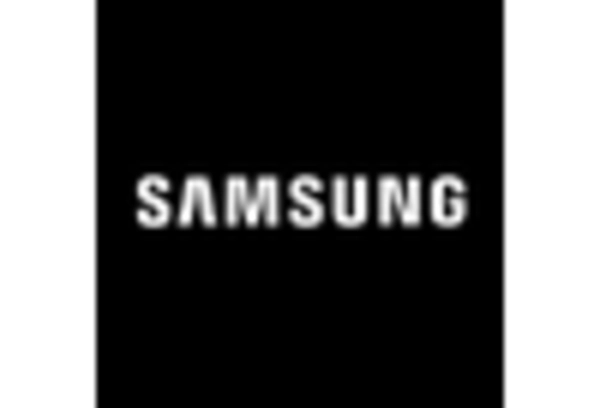
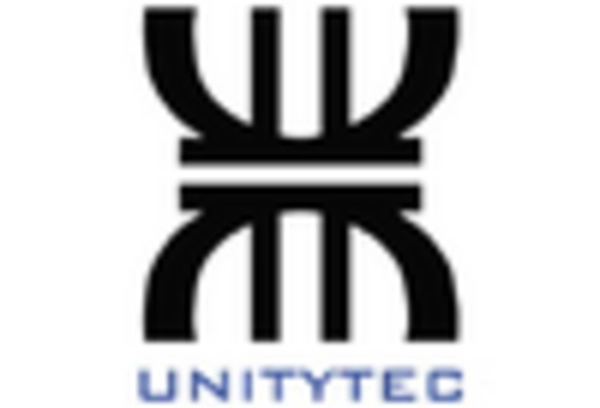








Leave a Comment